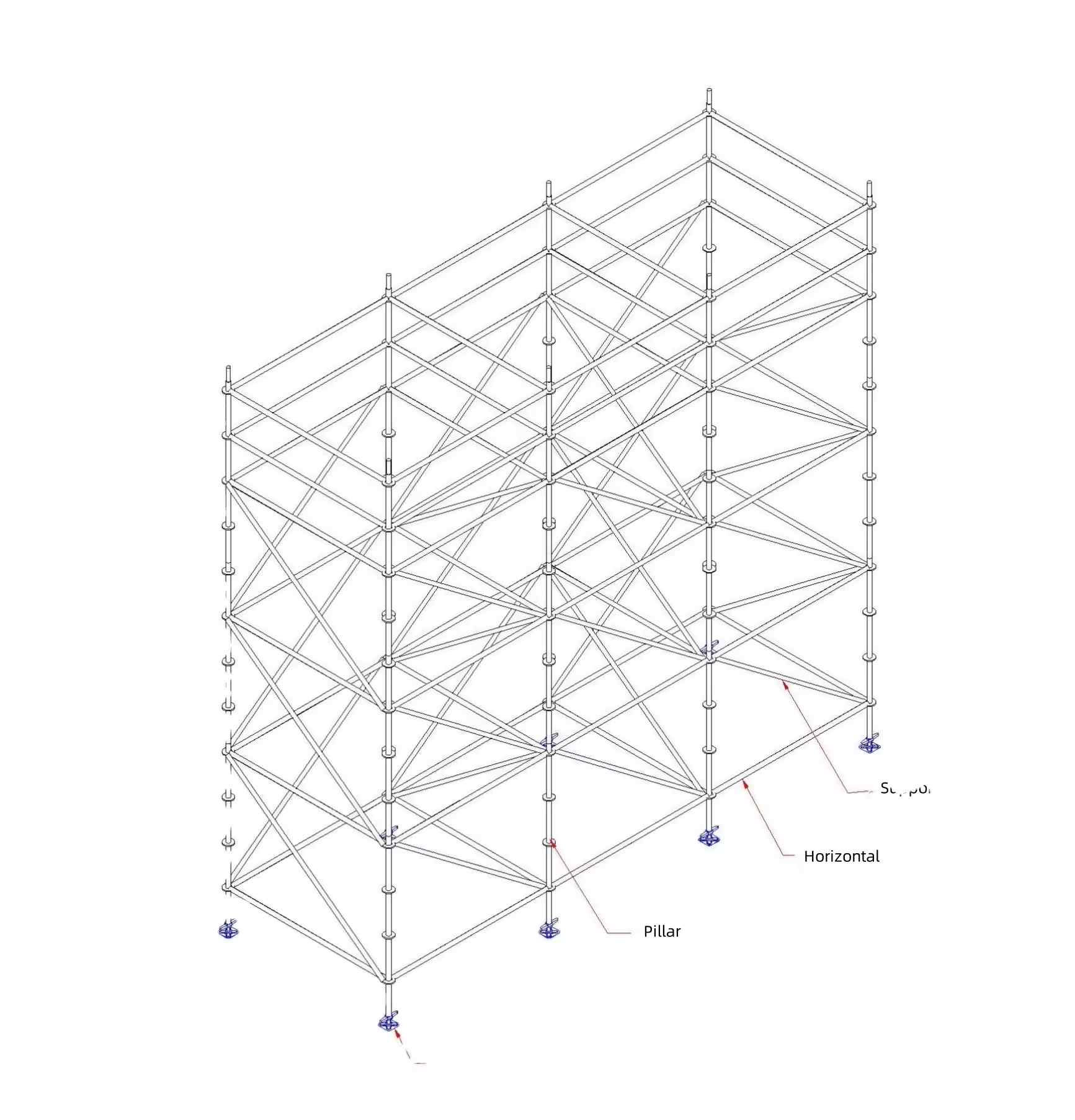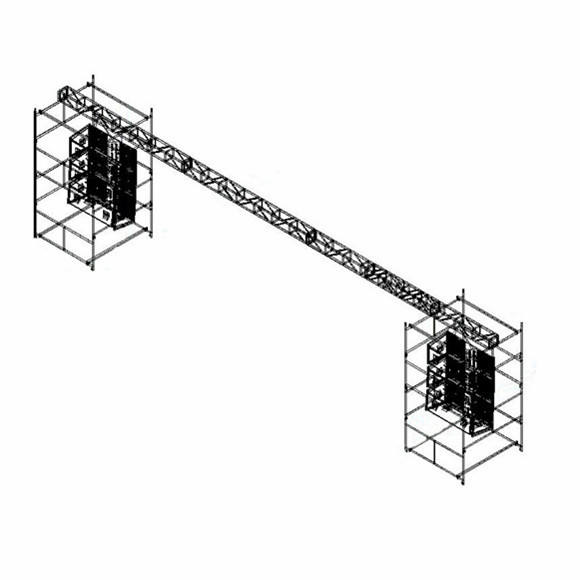What Are You Looking For?

Truss vs. Layher: Understanding the Differences in Structure and Application
Both truss and Layher are essential components in the construction and event industries, offering versatile solutions for temporary structures and support systems. While they share some similarities, their distinct characteristics and applications set them apart. This essay delves into the key differences between truss and Layher, exploring their structure, size specifications, and principle applications.
Structural Design: A Matter of Stability
The fundamental difference between truss and Layher lies in their structural design. Truss, also known as aluminum alloy truss or aluminum alloy light frame, adopts a hexagonal three-dimensional column structure. Each frame is typically composed of round or square tubes welded together with a straight rod for added strength. This triangular configuration creates a highly stable and lightweight structure capable of supporting significant loads.
Layher, on the other hand, features a round tube structure. It consists of cross bars, Layher columns, screws, and jacks, all connected using a roulette system. This design prioritizes flexibility and ease of assembly, making Layher ideal for temporary structures and scaffolding.
Size and Specifications: Tailored to Specific Needs
Truss and Layher come in various sizes to cater to diverse applications. Truss is available in various dimensions, including 200*200mm, 300*300mm, 400*400mm, and 400*600mm. This range allows for customization based on the required load-bearing capacity and desired aesthetic.
Layher, with its standard 2m length and 2m width, offers a modular system that can be easily expanded or modified as needed. This adaptability makes it suitable for constructing scaffolding, stages, and other temporary structures of varying sizes and configurations.

Applications: Diverse Roles in Construction and Events
The distinct structural characteristics of truss and Layher translate into different applications. Truss, with its high strength-to-weight ratio and stable design, is primarily used for constructing large-scale structures such as concert stages, exhibition booths, and architectural features. Its lightweight nature also makes it ideal for creating intricate designs and suspended elements.
Layher, due to its modularity and ease of assembly, finds its primary application in scaffolding for construction projects, maintenance work, and event setups. Its flexibility allows for quick and efficient erection and dismantling, making it a practical choice for temporary structures.
Conclusion: Choosing the Right Tool for the Job
Truss and Layher, though seemingly similar, offer distinct advantages depending on the specific project requirements. Truss, with its robust structure and diverse size options, excels in constructing large-scale, load-bearing structures. Layher, on the other hand, prioritizes flexibility and ease of assembly, making it ideal for temporary scaffolding and structures. Understanding these differences empowers users to select the most appropriate system for their specific needs, ensuring both safety and efficiency in their construction or event endeavors.